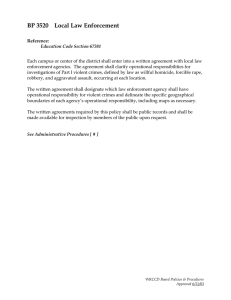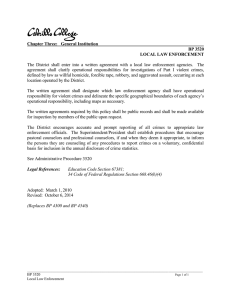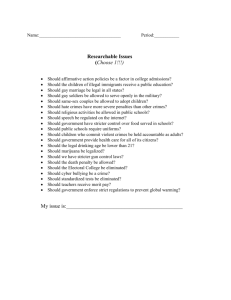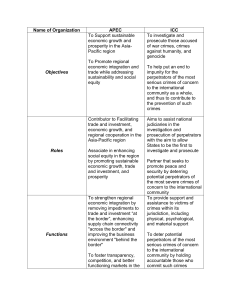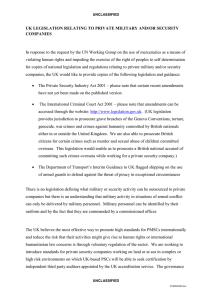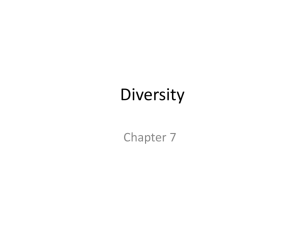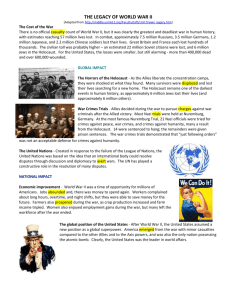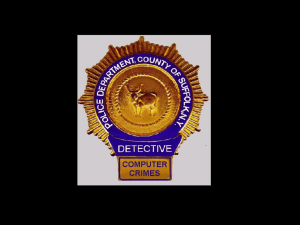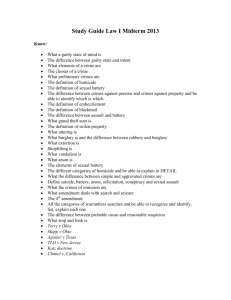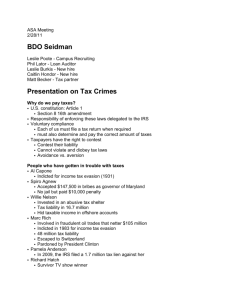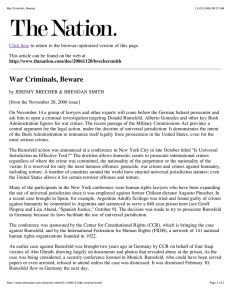THE INTERNATIONAL CRIMINAL COURT (ICC
advertisement
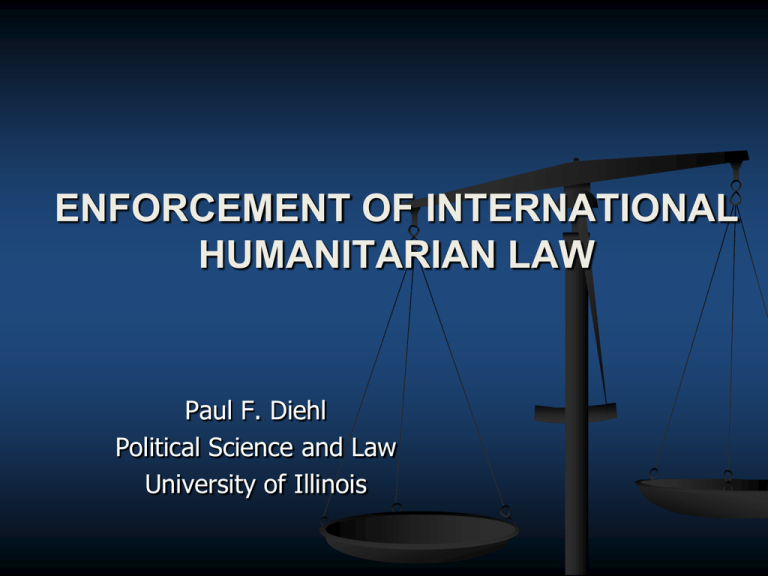
ENFORCEMENT OF INTERNATIONAL HUMANITARIAN LAW Paul F. Diehl Political Science and Law University of Illinois Overview The Need for Compliance Mechanisms Basic Compliance Mechanisms International and Domestic Legal Structures andProcesses Compliance Mechanisms 1. “Habit” Professional Militaries Less Professional Militaries Rebel Groups, Militias, Mobs 2. Reciprocity POW Treatment Problems of Asymmetry Compliance (con’t) 3. Reputation (“diffuse reciprocity”) “shadow of the future” 4. Direct Enforcement Institutional capability Institutional willingness LEGAL STRUCTURES: INTERNATIONAL COURT OF JUSTICE VIOLATIONS ADJUDICATED – PLANTIFF V. DEFENDENT LIMITATIONS ONLY STATES CAN BE PARTIES OPTIONAL CLAUSE EXCEPTIONS PREFERENCE FOR LOW POLITICS TIME CONSUMING ENFORCEMENT DEPENDS ON UNSC LEGAL STRUCTURES: INTERNATIONAL CRIMINAL COURT 122 state parties Notable Exceptions: US, Russia (signed not ratified), China, Israel, All Arab states (except Jordan), Pakistan Case Referral By Member States or Security Council Jurisdiction Prosecute Individuals, not States Genocide, War Crimes, Crimes against Humanity, Aggression Crimes on Territory of Member or Person is a National of a State Party (or Security Council refers the case) Current Cases Uganda, Congo, Darfur, Central African Republic, Mali, Kenya ICC Limitations Small Set of Crimes Cooperation of States Apprehension of Suspects Very Slow Creates Perverse Incentives for Leaders LEGAL STRUCTURES: DOMESTIC COURTS Jurisdiction: Territorial, Nationality, or Universal Limitations Must have appropriate domestic laws Must be willing and able to prosecute POLITICAL STRUCTURES: UN HUMAN RIGHTS COUNCIL 47 member states Investigates and reports on abuses Normative power Limitations no reciprocity incentive (opposite is true) source of UN information - government themselves Politicized membership (major violators are members)
